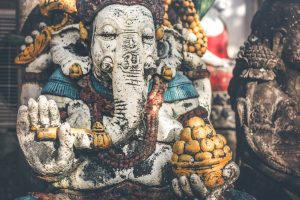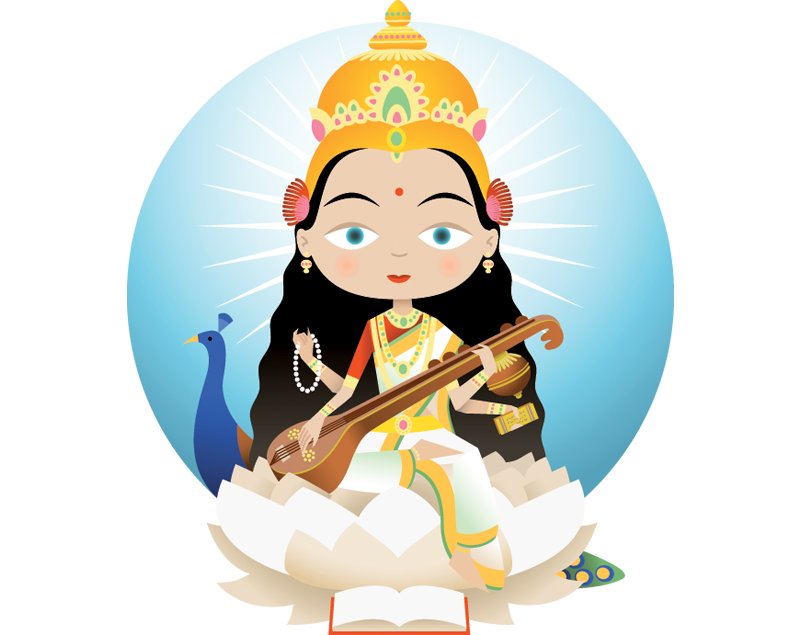
 Idolatry refers to the worship of a tangible idol, such as a statue or an icon. In Abrahamic religions, idolatry denotes the worship of something other than God — a false God, to be exact (note: there is some leniency in this, as some branches of Christianity permit the use of holy paintings and images of Christ on the cross). This belief is expressed in the Bible in Leviticus 26:1-2: “Ye shall make you no idols nor graven image, neither rear you up a standing image, neither shall ye set up any image of stone in your land, to bow down unto it: for I am the Lord your God. Ye shall keep my sabbaths, and reverence my sanctuary.”
Idolatry refers to the worship of a tangible idol, such as a statue or an icon. In Abrahamic religions, idolatry denotes the worship of something other than God — a false God, to be exact (note: there is some leniency in this, as some branches of Christianity permit the use of holy paintings and images of Christ on the cross). This belief is expressed in the Bible in Leviticus 26:1-2: “Ye shall make you no idols nor graven image, neither rear you up a standing image, neither shall ye set up any image of stone in your land, to bow down unto it: for I am the Lord your God. Ye shall keep my sabbaths, and reverence my sanctuary.”
But in Hinduism, idols (murti) are worshipped as reminders of God. For example, every year, in Mumbai, Hindus bring clay images of Lord Ganesha to their homes, and worship him for a day or two before immersing the image in the sea. The ritual includes veneration (aradhana) which involves welcoming the divine, bathing him, offering him food, clothes, perfumes, lamps, incense, and finally words of praise. Here, the idol is seen as a vehicle — a physical, tangible carrier — of God.
Thus, an important point is made: Hindus don’t worship idols, believing them to be Gods. Rather, they view the statues and images as physical representations of God to help them focus on an aspect of prayer or meditation. This tradition is reflected in Verse 12.5 of the Bhagavad Gita, which states that only a few have the time and mind to ponder and fix on the unmanifested Absolute (abstract formless Brahman). As such, it is much easier to focus on qualities, virtues, aspects of a manifested representation of God through one’s senses, emotions and heart, because of the way human beings naturally are.
Furthermore, it is important to note that a murti in Hinduism is a form and manifestation of the omnipotent Brahman. Thus, a literal translation of murti as idol is incorrect, for Brahman is not actually confined to the idol. Additionally, Hindus believe that any object is worthy of worship, as it contains divine energy. Whether that be a slab of stone or a mosaic, the idols are designed with embedded symbolism, which set the style, proportion, colors, and legends associated with the deity.
For example, Lord Shiva may be represented as a masculine idol with a third eye on his forehead, as a half-man, half-women figure called ardhanarishvara, or as a Lingam statue. Regardless of his representation, worshippers will perform devotional practices around the statue, as they do with all idols. They will sing community hymns, bhajans, kirtans and aartis, expressing their devotion to the specific deity.
These practices often occur in Hindu temples, which are usually structured around a single murti. These murtis are treated as revered guests, and the daily routine includes awakening the murti in the morning and making sure that it is washed, dressed, and garlanded.
In my home alone, my mother begins the day by lighting the diya and awakening the gods in our mini-temple. The light illuminated is a sign, at least to me, that God is here in his intangible form, in this room with me.








































